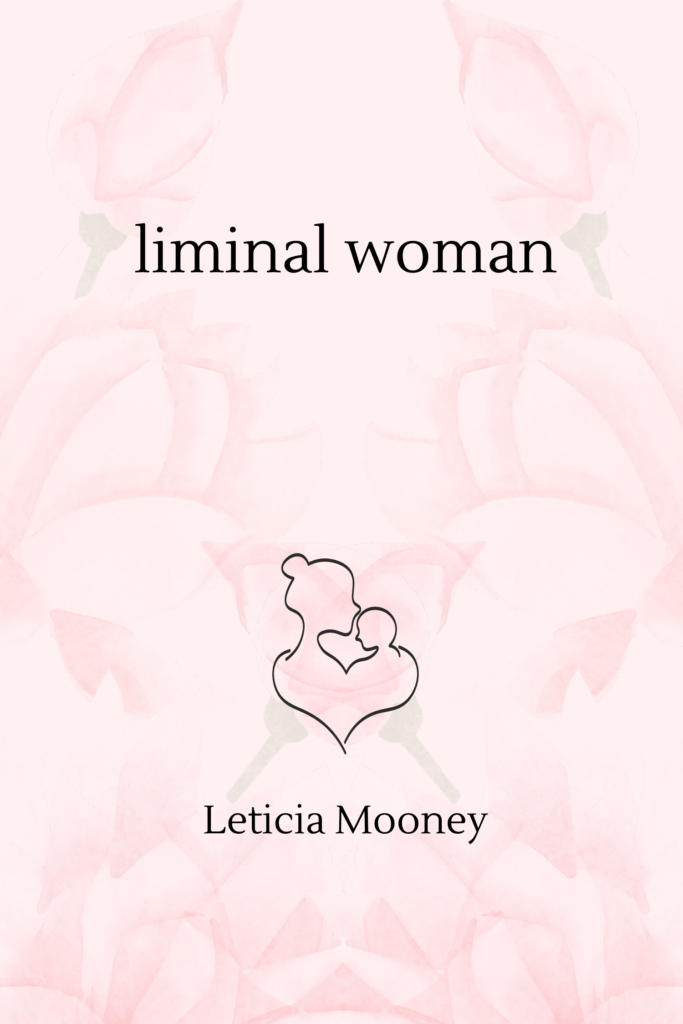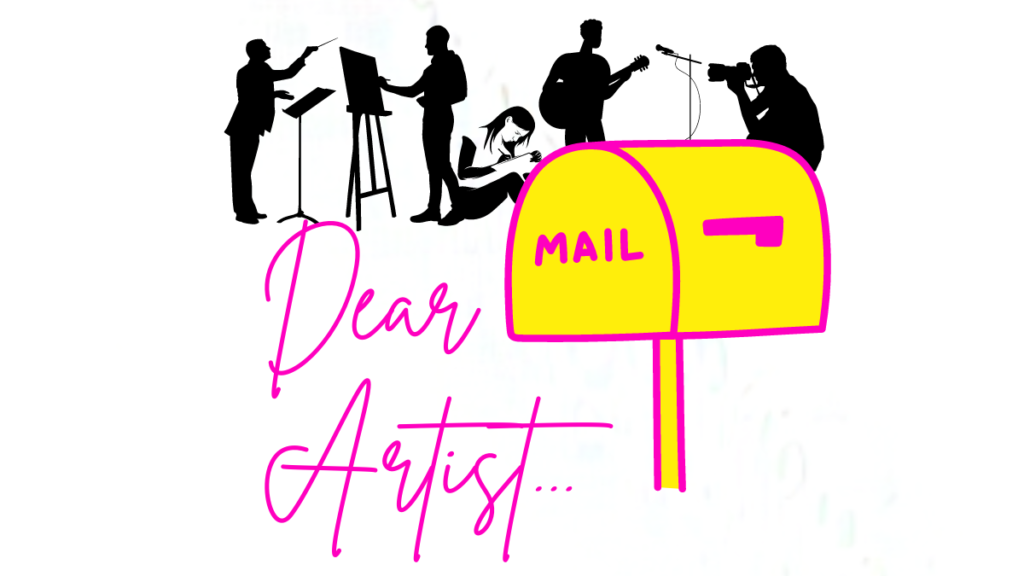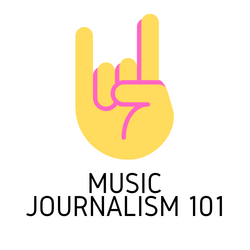Who is Leticia Mooney?
Leticia Mooney is an Australian author, consultant, coach and Life Reader whose works grapple with notions of ‘place’. Leticia works in a multiplicity of form, from essays to poetry. Her mission is to kindle a light in everyone who reads her work.
🌹Learn more About Leticia or her services.

Liminal Woman is out now
Liminal Woman is Leticia’s first collection of poetry. Get your copy here.
As I reconnected with my inner artist, this work of poetry emerged. It explores the dark, scary, solitary transformation of Maiden to Mother. That transformation is one you traverse blind, one whose process is known by every other mother but one of which nothing is spoken. It is one that is filled with love, loneliness, and learning.
Leticia Mooney, about Liminal Woman
Ultimately, I wrote this poetry for you. Women, all women, are divine creatures. They are portals to new lives and, thus, new worlds. They are all artists. Their default mode is “creator”. I realised that I could only know this now because of a specific rite of passage: Motherhood.
May this work shine a new light for you on one of the most powerful moments in women’s lives, and may it encourage you to reconnect with your inner artist too.
Dear Artist…
Do you want some encouragement? Need to hear some messages from your inner artist? Not sure where the muse is? Subscribe here to get a weekly nudge.
Here’s a sample:
Dear Artist,
Subscribe to Dear Artist… now
Did you know that you have a guardian angel? Or maybe two?
Before you sit down to Art next, take a breath and get quiet. Then say:
‘I request a benevolent outcome for [specific action] today. Thank you.’
For example,
I request a benevolent outcome for the easy flow of words in my 15-minute writing session today. Thank you.
Then follow the little voice inside you that nudges you forwards. Your muse is real. It’s time to listen.
xx Leticia
PS. Share this with someone who needs to read it.

Explore Leticia’s books. Check them out.

***

Leticia provides Life Readings for individuals, teams and businesses; coaching for creatives; and corporate consulting. Discover how she can help you or send her a message.
***
Music Journalism 101 was originally a course. It became the first book on the mechanics of rock journalism. Read more…

***

Leticia blogs about everything from business to the writing life; from books to philosophy; from music to rain. Reader beware: You might lose a day reading. Want to try?
***
Follow the magical linktree for everything else related to Leticia and her work, including social media accounts. Go.

***

